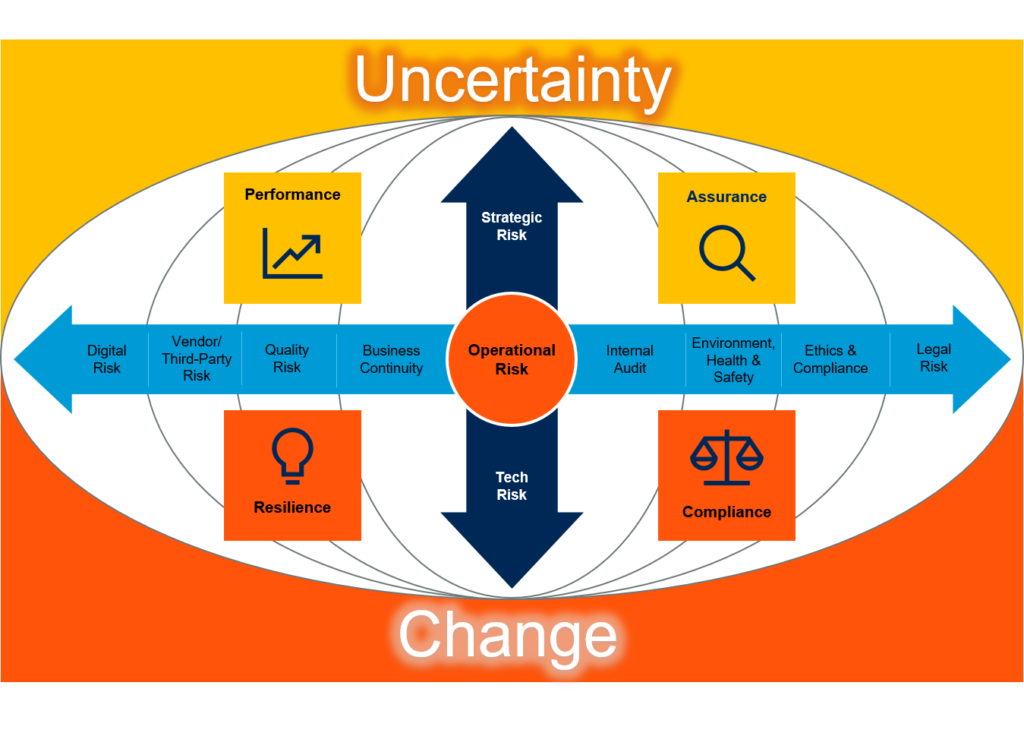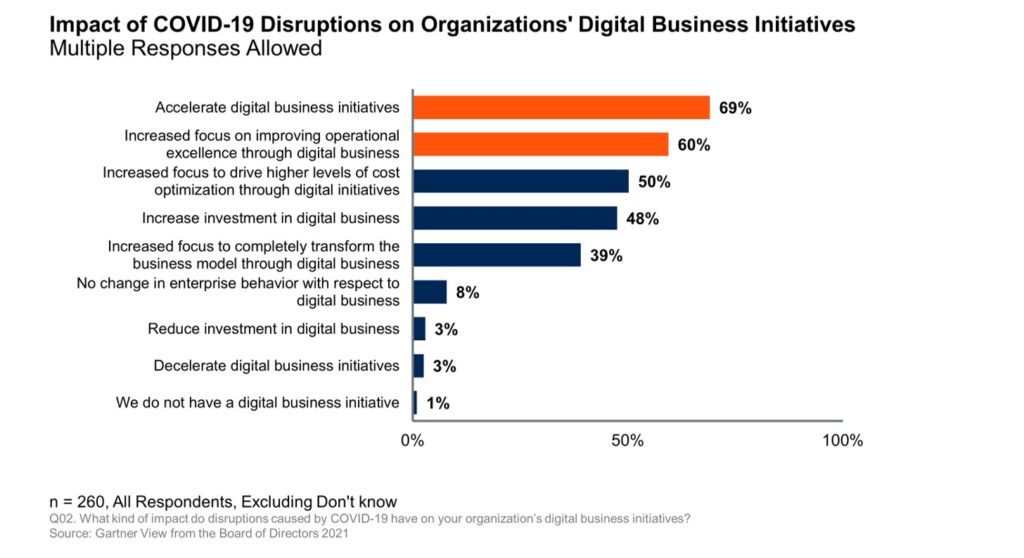This time last year, few people could foresee the Great Disruption associated with the COVID-19 pandemic and global economic crisis. Organizations of all shapes and sizes responded to the crisis by embracing digital methods to safely conduct business while workers and customers quarantined.
Regulations were set aside and associated technological and business risks were given low priority to help with the larger effort to “slow the spread” of the virus.
We all looked to 2021 as a year of recovery and renewal. Unfortunately, 2021 will be much different. This week the Wall Street Journal reported that due to emerging virus mutations, Harvard economist James Stock sees a “scenario of this thing sticking around for a much longer time frame.’’ No doubt, 2021 will be the year of uncertainty and change.
As it turns out, uncertainty and change are the two primary aspects of strategic, operational and technology risk fueling the current demand for integrated risk management (IRM).
Last year, I described how IRM offers a “PRACtical” approach to risk management by offering a balanced view of performance, resilience, assurance and compliance risk objectives.
A focus on performance and assurance helps to reduce uncertainty related to strategic goals. Moreover, resilience and compliance objectives address the resulting changes required to succeed (see figure below).
IRM 2021: The Year of Uncertainty and Change

Now, as businesses revisit their hastily developed digital methods with an eye towards long-term sustainability, they must consider the full scope of potential risks beyond the immediate health and safety concerns. They must evaluate the value of their digital initiatives while determining the size of their risk appetite. These uncertainties can make or break a business.
At the same time, businesses must design resiliency and security into their products and services. In addition, the new digital world we are building will create a whole new wave of regulations. We already see signs of the coming regulatory wave in the form of the proposed new EU Digital Services and Digital Markets Acts. These forces of change will alter the business landscape in 2021 and for years to come.
As noted by my Gartner colleague John David Lovelock, “Gartner forecasts that global IT spending related to remote working will total $332.9bn in 2021, an increase of 4.9% from 2020.” He also shared the following prediction:
Through to 2024, businesses will be forced to accelerate digital business transformation plans by at least five years to survive in a post-Covid-19 world that will involve permanently higher adoption of remote work and digital touchpoints.
Gartner, January 2021
In preparation for the post-Covid-19 world, boards of directors are shifting priorities with a focus on digital initiatives and operational improvements (see figure below).
Digital Acceleration by Boards

This rapid shift to digital business will have impacts throughout the organization, not just IT. Ultimately, every business will become a digital business. As a result, business leaders are now requiring an integrated view of strategic, operational and technology risks. That’s why IRM is so essential for businesses in this year of uncertainty and change. To learn more about IRM, check out the following research (Gartner subscription required).
- Emerging Technologies: Digital Risk Management Is the Next Big IRM Opportunity
- Introduction to Creating IRM Individual Persona Profiles for Digital Business Tech CEOs
- Cool Vendors in Integrated Risk Management
- Market Insight: 10 Business Outcomes Every IRM Solution Must Deliver
This article was first published on Gartner Blog Network





